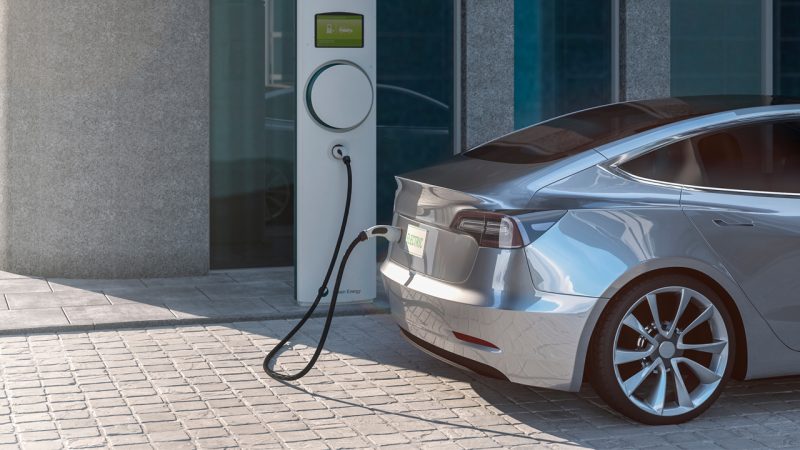- Calix is leading a $9.4 million Australian project focused on developing high performance, low-cost, fast charging-discharge lithium-ion hybrid batteries
- The CRC-P project for Advanced Hybrid Batteries will use electrode materials made by Calix in its BATMn reactor
- Calix will receive $3 million over 3 years from the Department of Industry, Innovation and Science
- CRC-P aims to cater for a sustainable Australian manufacturing industry
- Calix has completed construction on the BATMn reactor
- The European Union has announced a $4.8 million project for carbon dioxide capture from cement production – Caltex will be awarded $0.5 million
Calix has announced two new development projects in Australia and Europe for advanced battery development.
Calix has also reported the completion of its BATMn reactor for advanced battery materials.
On August 9 2019, the Minister for Industry, Science and Technology, the Honorary Karen Andrews, announced the $9.4 million Cooperative Research Centre Projects (CRC-P) for Advanced Hybrid Batteries.
Calix will lead the project and will receive $3 million in funding over three years. Calix will collaborate with the Institute for Frontier Materials (IFM), BatTRI-Hub at Deakin University, and Boron Molecular.
The CRC-P project aims to develop high-performance, low-cost, fast charge-discharge lithium-ion hybrid batteries based on nano-active electrode materials manufactured by Calix.
The companies are collaborating to deliver high performance, affordable and more recyclable lithium-ion hybrid batteries.
Calix will conduct coin-cell fabrication, electrochemical screening and testing of its nano-active electrode materials whilst ionic liquid electrolytes will be carried out by IFM at Deakin. BatTRI-Hub will manufacture pouch cell and battery pack prototypes which will be supplied to global manufacturers and customers to evaluate.
“Calix is uniquely placed to accelerate the development and commercialisation of high-performance electrochemical energy storage devices,” Calix’s Head of Battery and Catalyst R&D Program, Dr Matt Boot-Handford said.
A key provider of the materials needed for the CRC-P is Calix’s BATMn reactor. Calix has recently completed the reactor and has commenced commissioning it. The reactor is vital in the development of advanced batteries. It’s considered an electrically powered version of the Calix Flash Calcining technology.
“We have advanced the use of Calix’s products for batteries through our network of collaborators across the globe, with projects such as the CRC-P and StorEnergy in Australia, and Polystorage in Europe,” Calix Managing Director and CEO Dr Phil Hodgson said on the BATMn reactor.
Through its UK subsidiary, Calix Europe, Calix has also been awarded the $4.8 million European Carbon Dioxide Capture Project (Anica).
Anica is a German-UK-Greece consortium of 11 partners which will develop a novel Indirect Heating Calcium Looping Technology. Calix will assess the use of this technology to capture carbon dioxide from the combustion gas and will develop the designs for a future pilot plant.
For the capturing process, Calix will integrate its Direct Separation Capture technology.
Calix has been developing this technology for the cement and lime industries in the $33 million projects: Leilac (Low Emissions Intensity Lime and Cement). The Leilac plant was opened early in May 2019 with the first commissioning results released in late July.
The Leilac plant aims to capture the process of carbon dioxide emitted from making cement and lime, which is responsible for about 65 per cent of emissions from these industries.
Recently, industry leaders have announced they will be zero-emissions by 2050. European companies are facing significant costs for their emissions as their allocation of free carbon dioxide permits will reduce each year from 2020.
“In Anica, Calix will work with the partners to integrate its LEILAC technology for capturing process CO2, with the Darmstadt “looping” technology to capture combustion CO2. Looping uses lime as the CO2 sorbent, and the spent lime can be used in cement, so there is no waste. The combination of both can give zero emissions cement,” Calix’s co-founder and Chief Scientist Dr Mark Sceats said.

